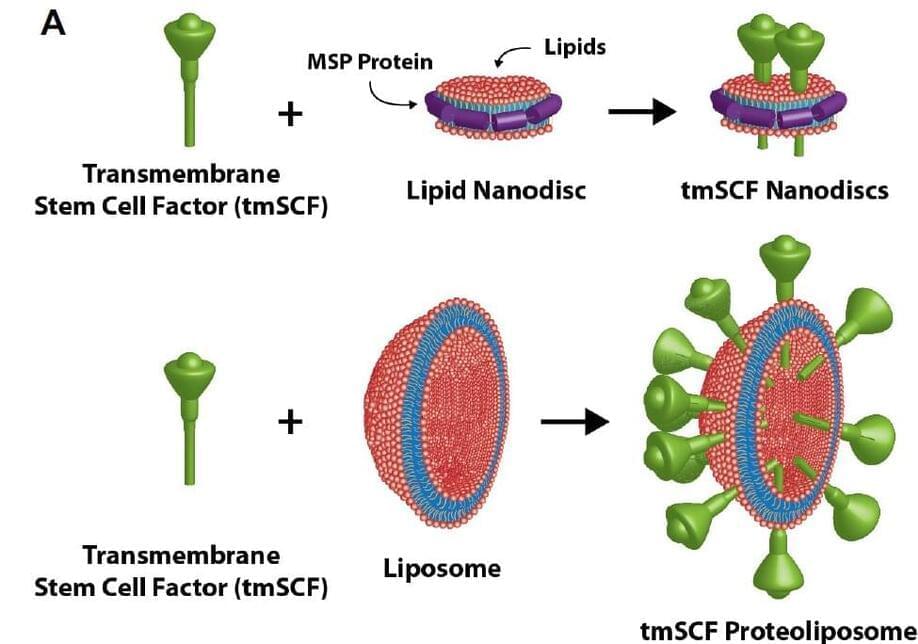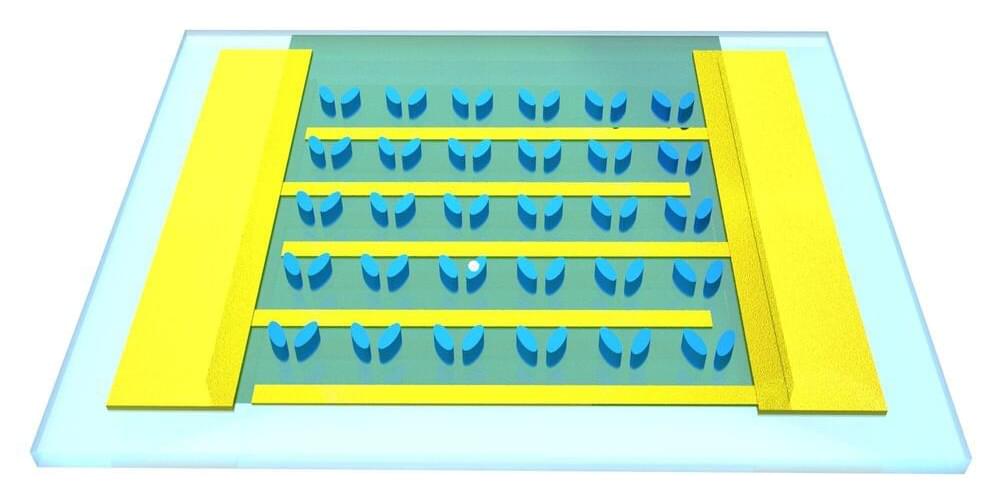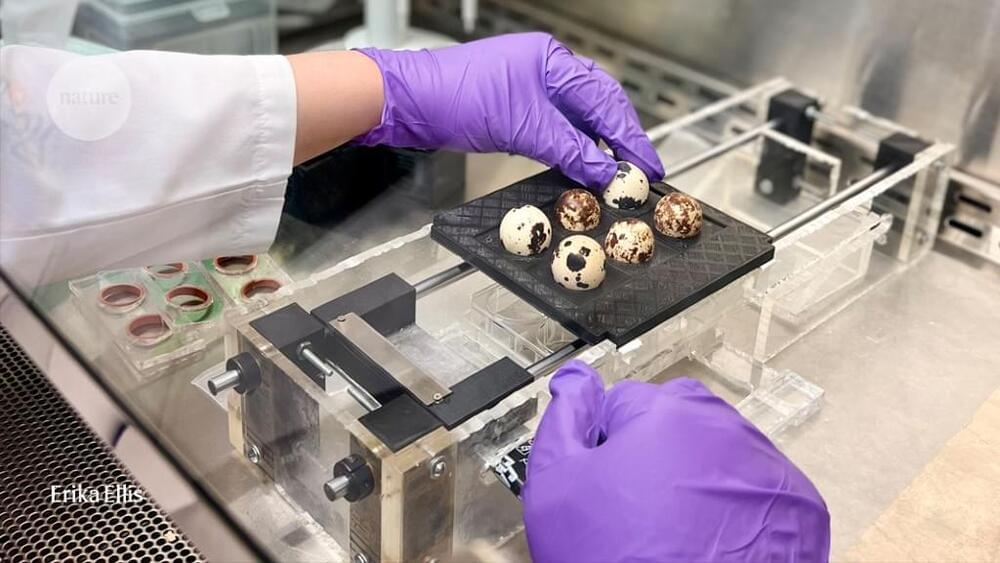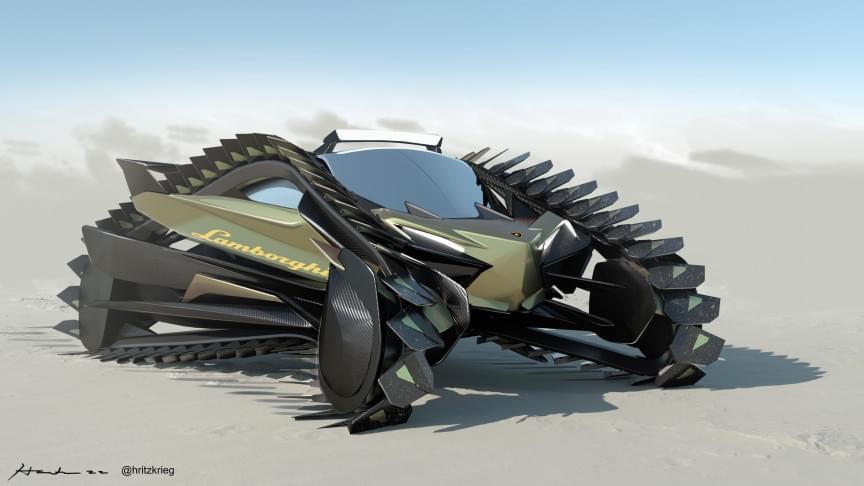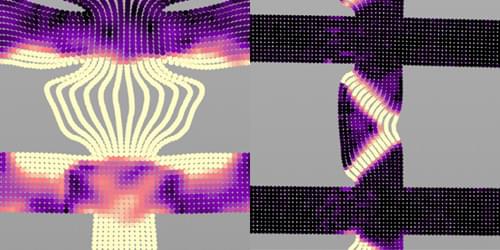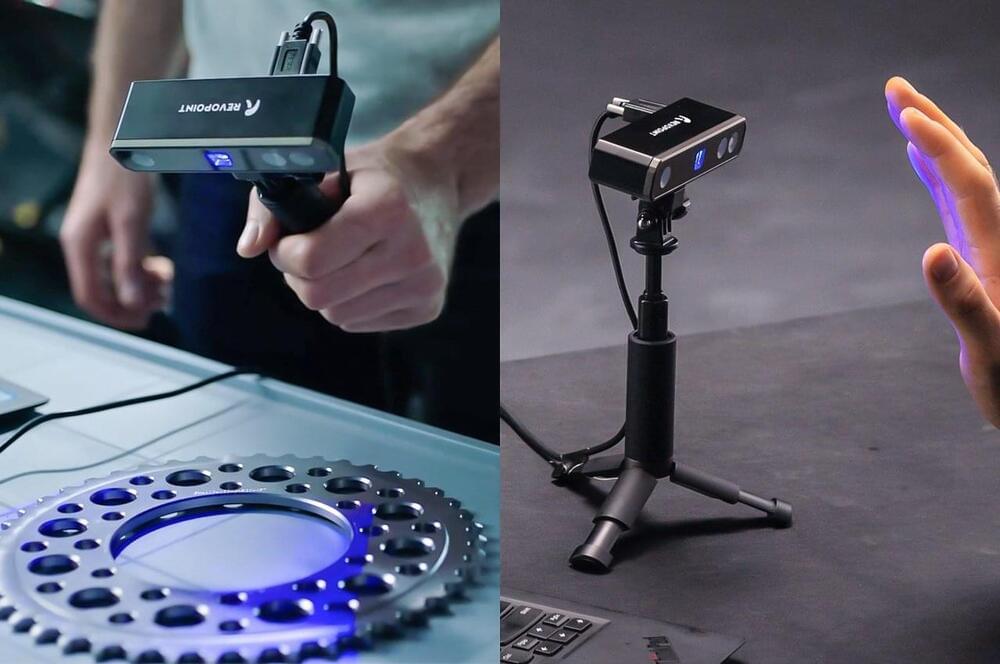Los Alamos National Lab
In early June 1972, the world’s most intense proton beam was delivered through nearly a mile of vacuum tanks at the Los Alamos Neutron Science Center, or LANSCE. As the facility has evolved over five decades, that proton beam is now delivered to five state-of-the-art experimental areas, including the Isotope Production Facility.
The Isotope Production Facility excels in the basic science and applied engineering needed to produce and purify useful isotopes that can then be produced at scale in the marketplace. In the fight against cancer, recent and current clinical trials are yielding promising results with the short-lived isotope actinium-225, which delivers high-energy radiation to a cancer tumor without greatly affecting the surrounding tissue.
‘LA-UR-22–25259′
